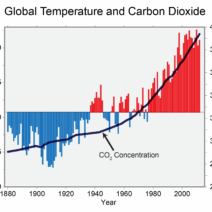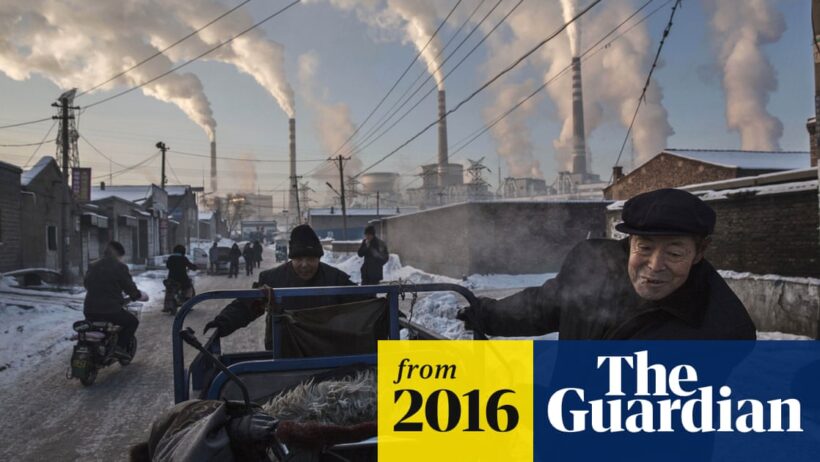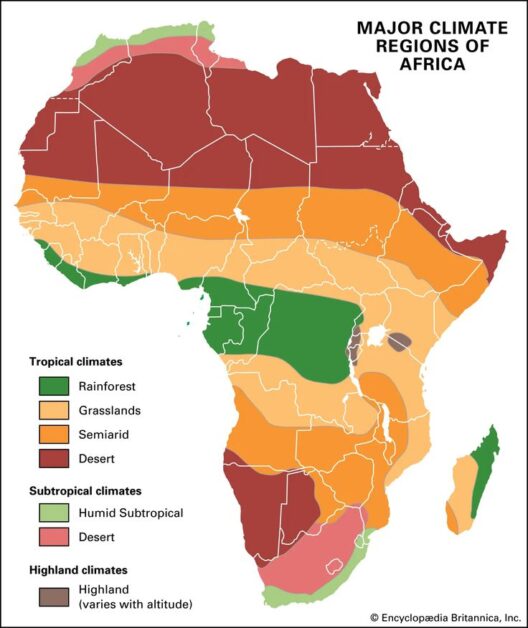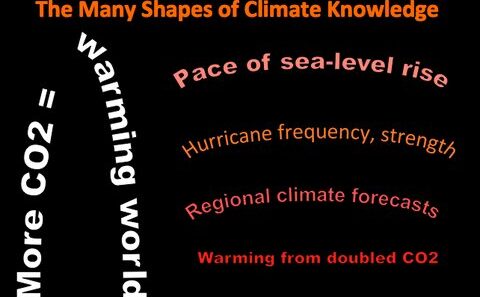In recent years, the tempestuous nature of Mother Nature has captured the attention of scientists and laypeople alike. The age-old saying “April showers bring May flowers” seems quaint now, as storms swell into formidable tempests and disasters strike with increasing ferocity. The relationship between global warming and severe weather phenomena is not merely a matter of conjecture; it is a multifaceted reality that demands our earnest examination.
As the Earth’s atmosphere warms, it serves as a superheated cauldron, amplifying the intensity and frequency of storms. The science behind this phenomenon is deeply rooted in thermodynamics. Warmer air can hold more moisture. This enhanced moisture availability fuels storm systems, transforming benign rain into deluge and harmless winds into hurricanes. The implications are severe—storms, once relegated to the realms of seasonal unpredictability, now threaten the very fabric of human life.
An illuminating example lies within the studies of recent hurricanes. These colossal storms bear witness to the uncanny transformation wrought by climate change. Hurricane Harvey, for instance, unleashed a catastrophic volume of rainfall, inundating vast swathes of Texas in 2017. Such rainfall, once considered an anomaly, is increasingly becoming a terrifying norm. Such trends are not isolated; they are indicative of a broader climatic shift that is rewriting the rules of atmospheric interaction, and consequently, the dynamics of natural disasters.
The escalating strength of hurricanes and typhoons can be likened to an orchestra playing a symphony of destruction. Each instrument—heat, moisture, and wind—joins together in an intricate dance that leaves devastation in its wake. The augmented wind speeds also correlate with rising sea surface temperatures; the warmer the water, the more potent the storm. This correlation elucidates the stark reality that as global temperatures rise, the storms we once knew evolve into formidable behemoths.
Moreover, the repercussions of global warming extend beyond just tropical storms. Droughts, wildfires, and heatwaves burgeon concurrently as warming trends persist. As the planet’s temperature increases, terrestrial ecosystems experience heightened stress, exacerbating drought conditions across vast regions. The connection between these parched landscapes and societal upheaval is both intricate and alarmingly clear. Food security falters as agricultural heartlands succumb to desiccation, and communities are left grappling with existential uncertainties.
Consider the wildfires that have spread like wildflowers in the altered landscape of California and Australia—an unrelenting cycle fueled by extreme heat and prolonged dry spells. The devastation wrought by these infernos outlines a vicious loop: warmer temperatures facilitate drought, which consequently heightens the risk of wildfires. The sooty fingerprints of climate change tarnish not just vast tracts of biodiversity but also the livelihoods of millions. What was once considered the serene beauty of nature now becomes a foreboding landscape—smoky, charred, and fraught with loss.
Furthermore, severe weather events are not confined to just one geographical location. The phenomenon of climate change reverberates outward, resulting in climate refugees fleeing from regions rendered inhospitable. As coastal areas succumb to rising sea levels, populations must migrate, creating humanitarian crises on an unprecedented scale. These shifts challenge existing geopolitical structures and demand robust responses to accommodate displaced communities. The repercussions of climate change, thus, spiral beyond the surface, touching the very foundations of global stability.
The concept of natural disasters serves as a poignant reminder of humanity’s fragile relationship with nature. Ironically, while we have paved cities and built vast infrastructures, we find ourselves vulnerable to nature’s fury. This juxtaposition reflects a critical truth: As we strive to mold our environment, we often neglect to respect its boundaries. Each storm, wildfire, or flood becomes a clarion call—a stark reminder of our responsibility to cultivate a balanced coexistence with the Earth.
The need for actionable strategies against severe weather events cannot be overstated. Renewable energy sources—wind, solar, and geothermal—offer pathways away from fossil fuel reliance and consequently mitigate the greenhouse gas emissions that drive climate change. Embracing sustainability not only empowers communities but also stimulates economic resilience in the face of environmental turbulence. The greening of our cities and the restoration of natural ecosystems become cornerstones of a strategy to buffer against the worst ravages of climate-induced disasters.
In conclusion, the question is not whether global warming causes more severe storms and natural disasters; rather, the reality is that it does—emphatically and indisputably. As humanity stands at a crossroads, the consequences of inaction loom ominously over us. The surreal symphony of climate change reverberates across our planet, and only through collective resolve and innovative solutions can we hope to rewrite the narrative of our future. Ignoring this truth is akin to fiddling while Rome burns; the time has come to take action certainly and decisively. Let us not allow fear of the tempest to paralyze us but instead find courage in our unity to ensure a more sustainable and resilient world.








